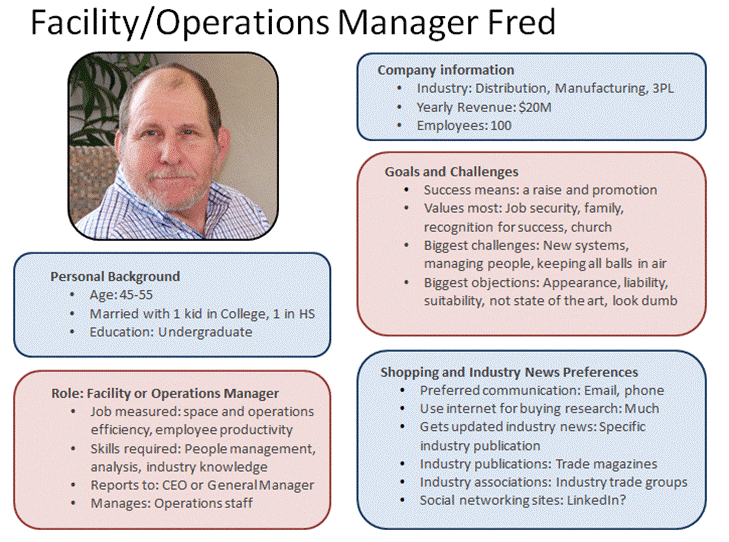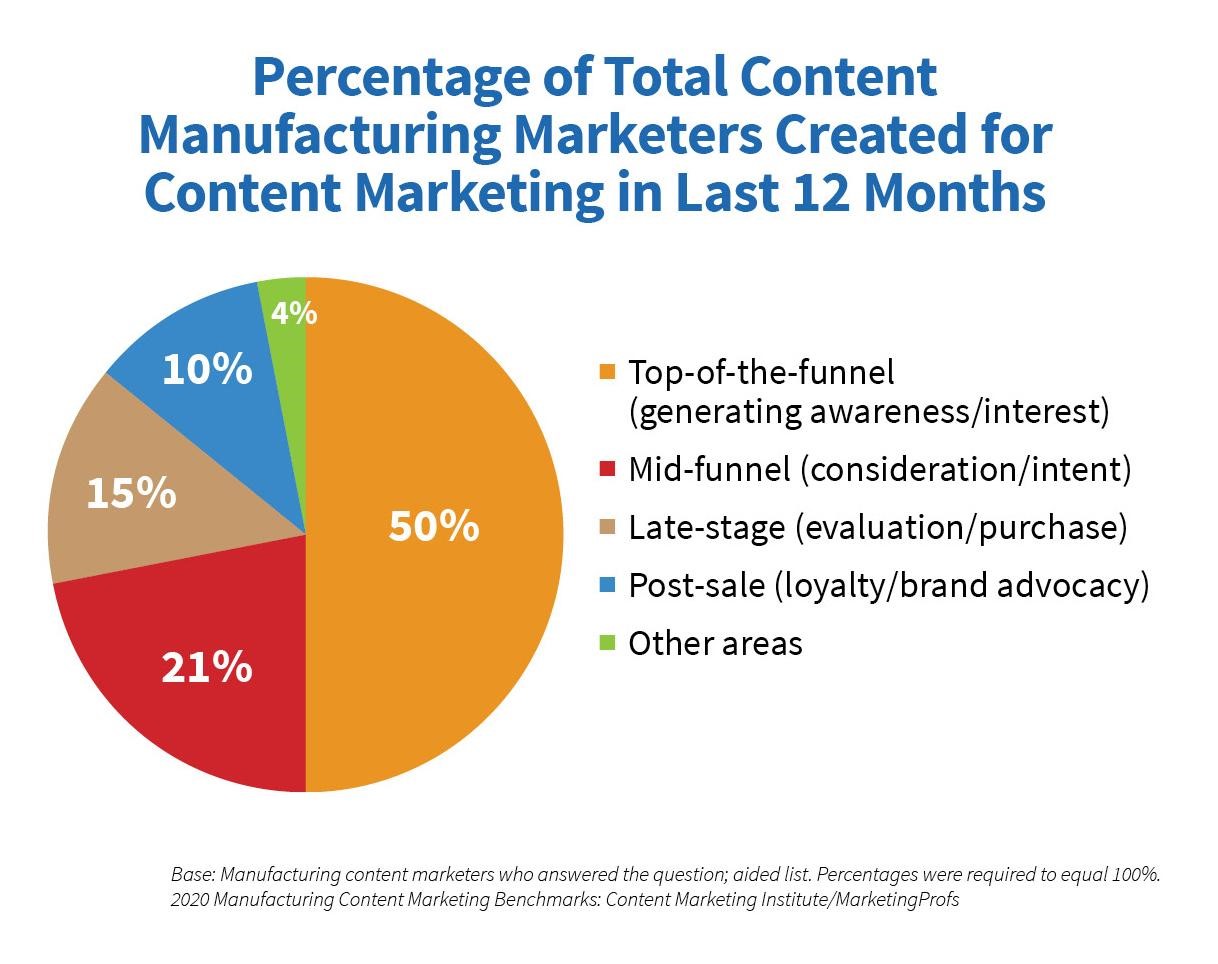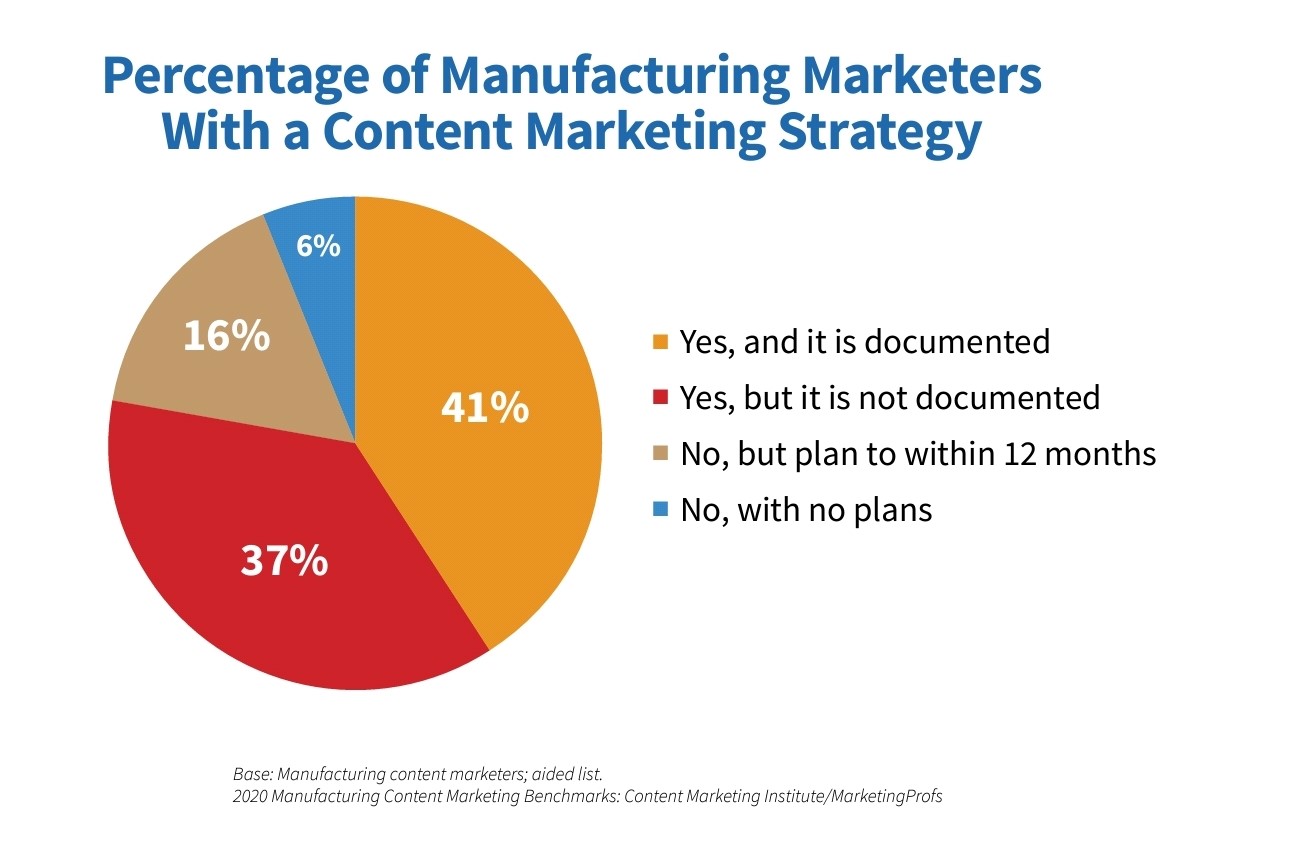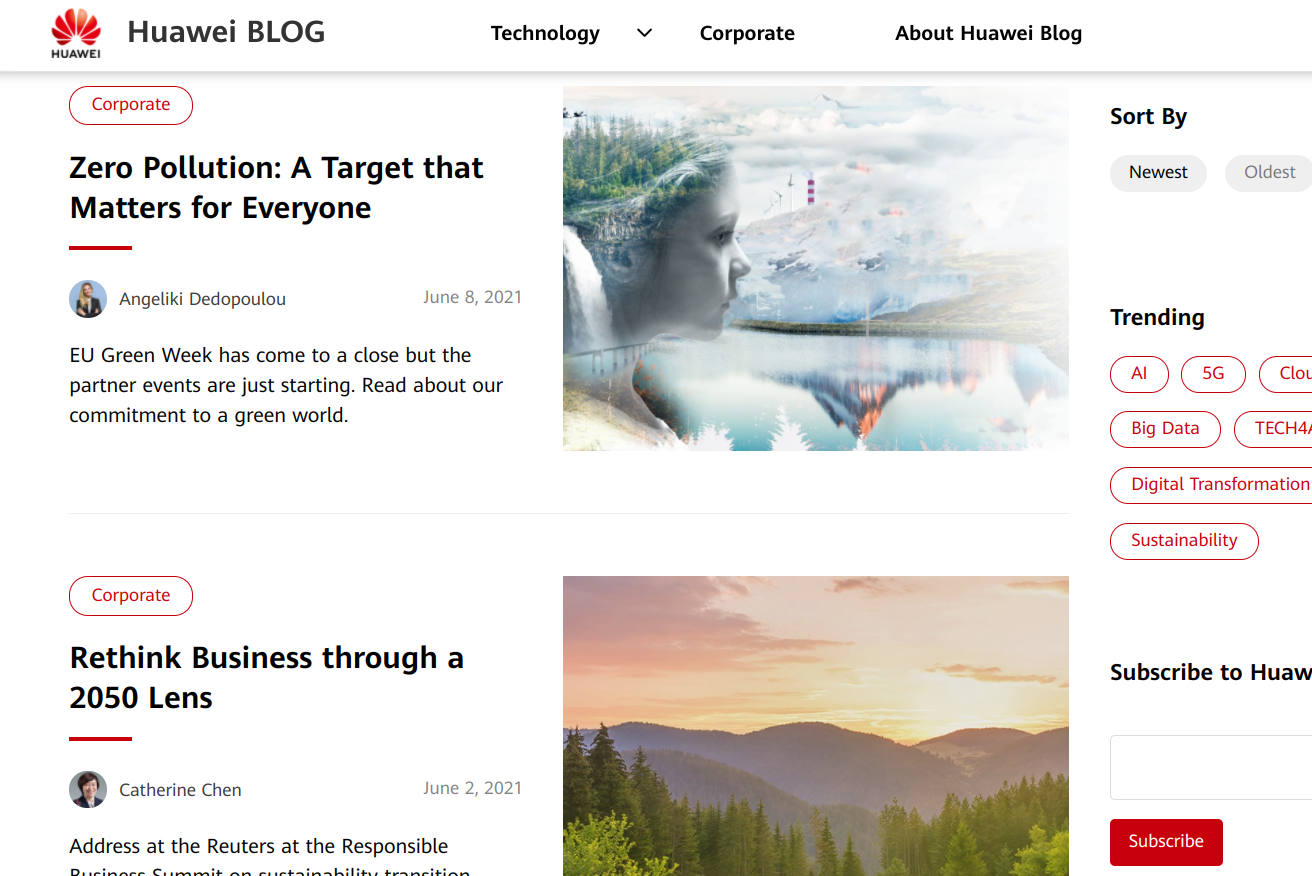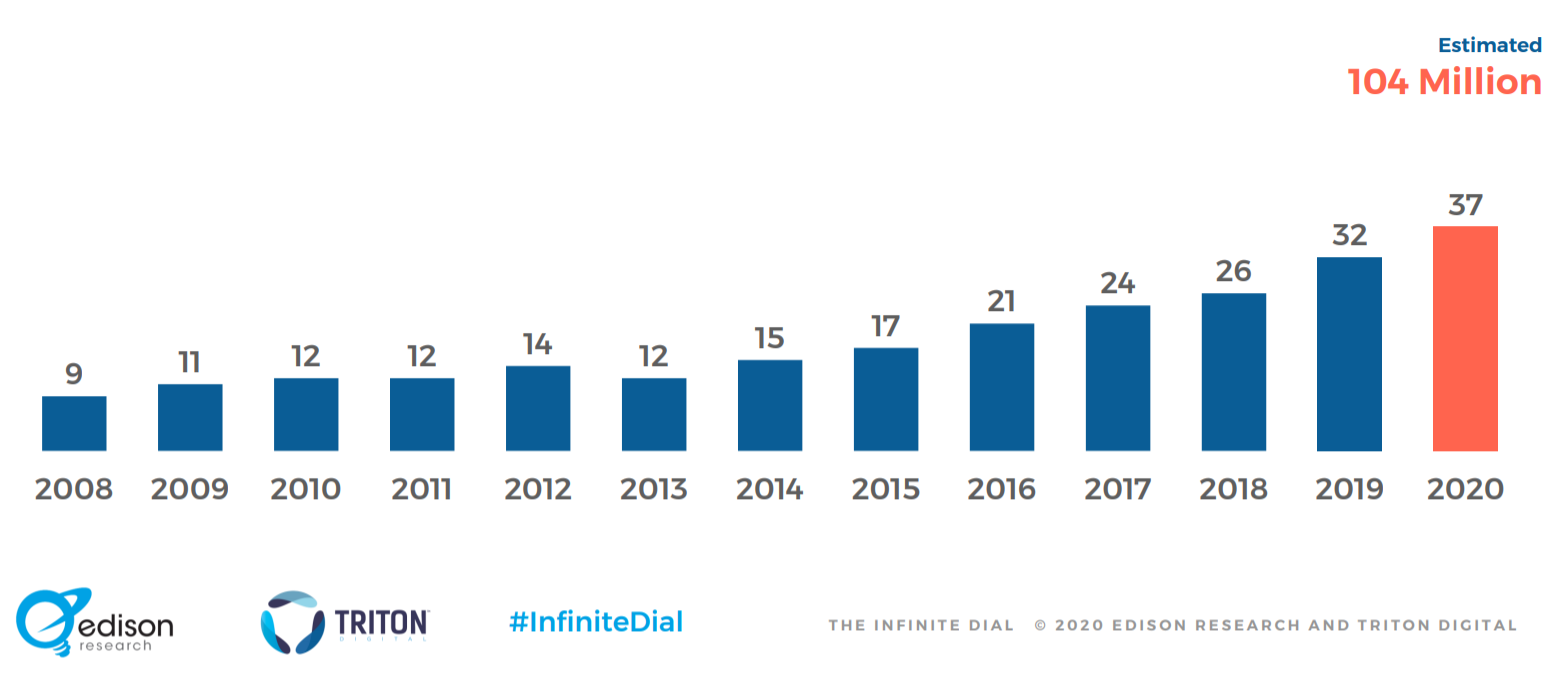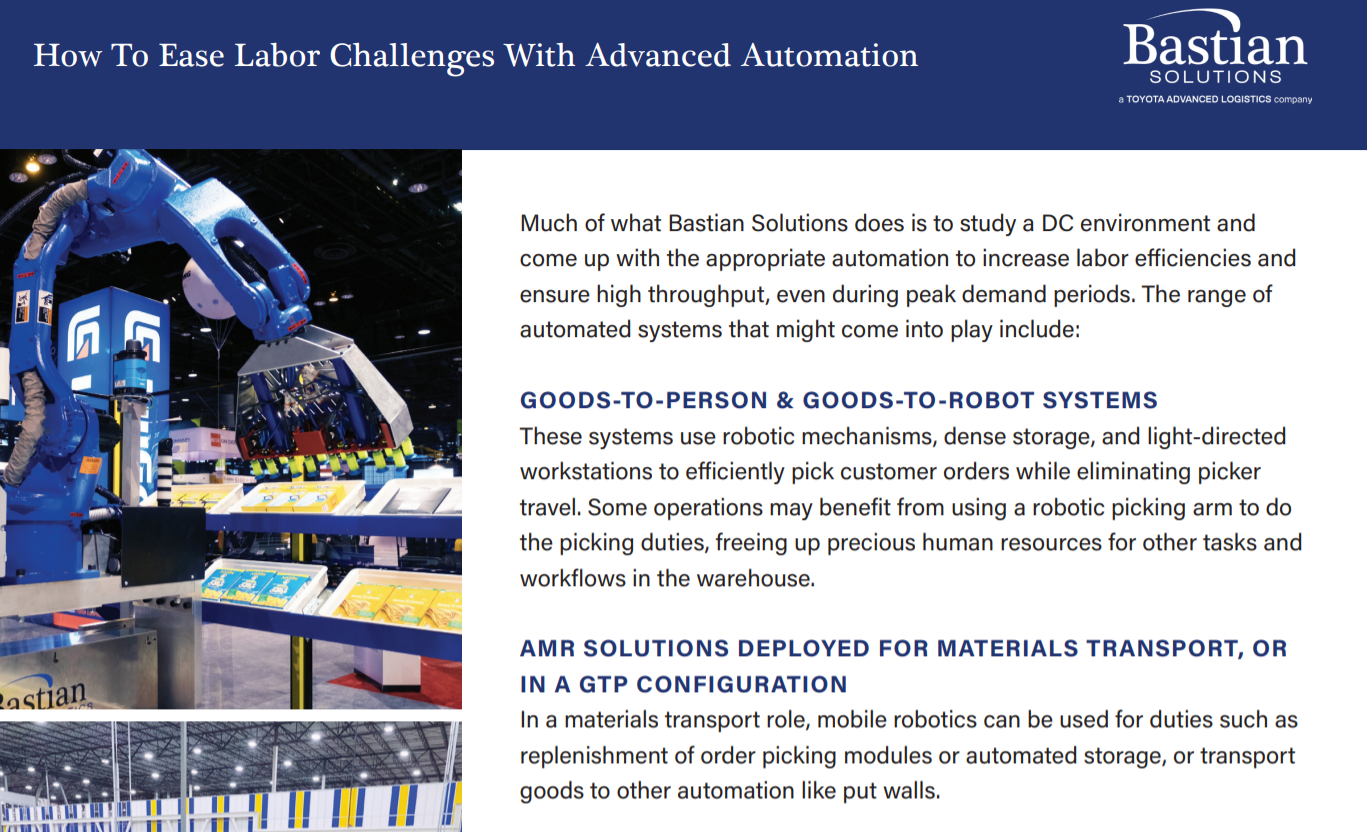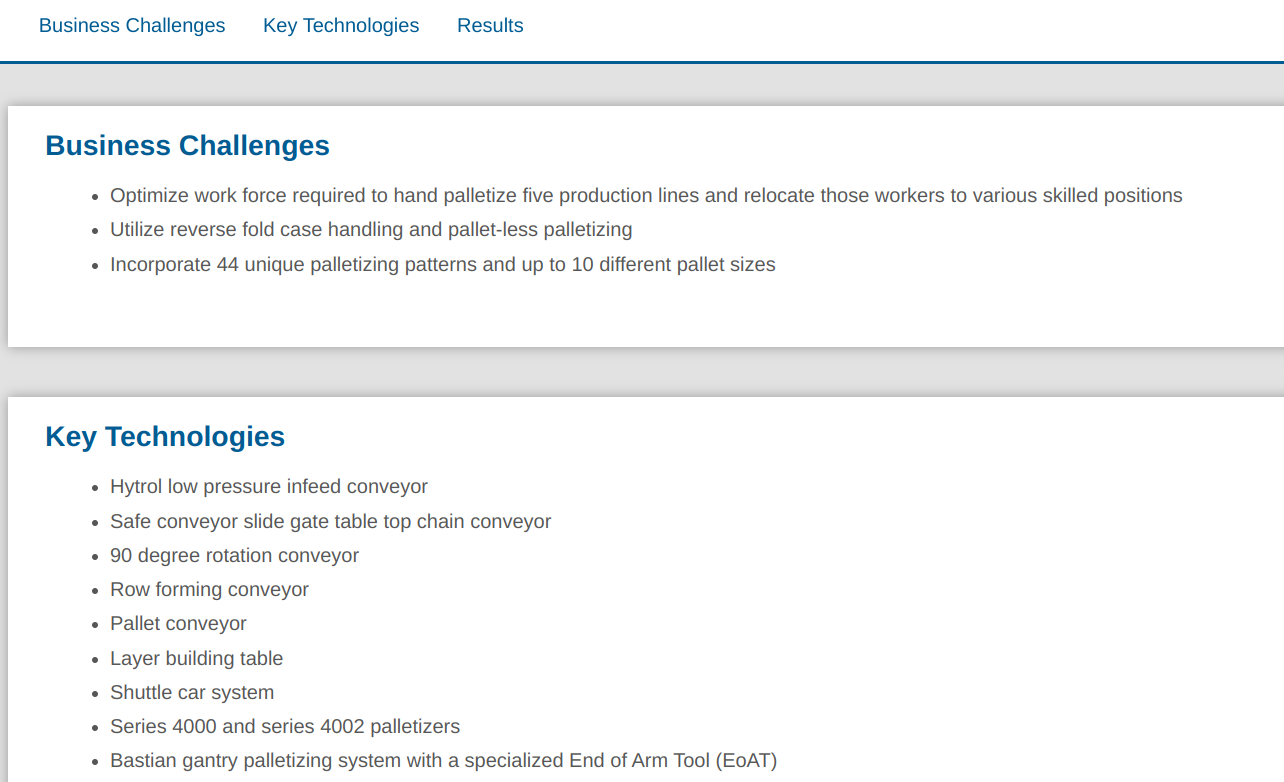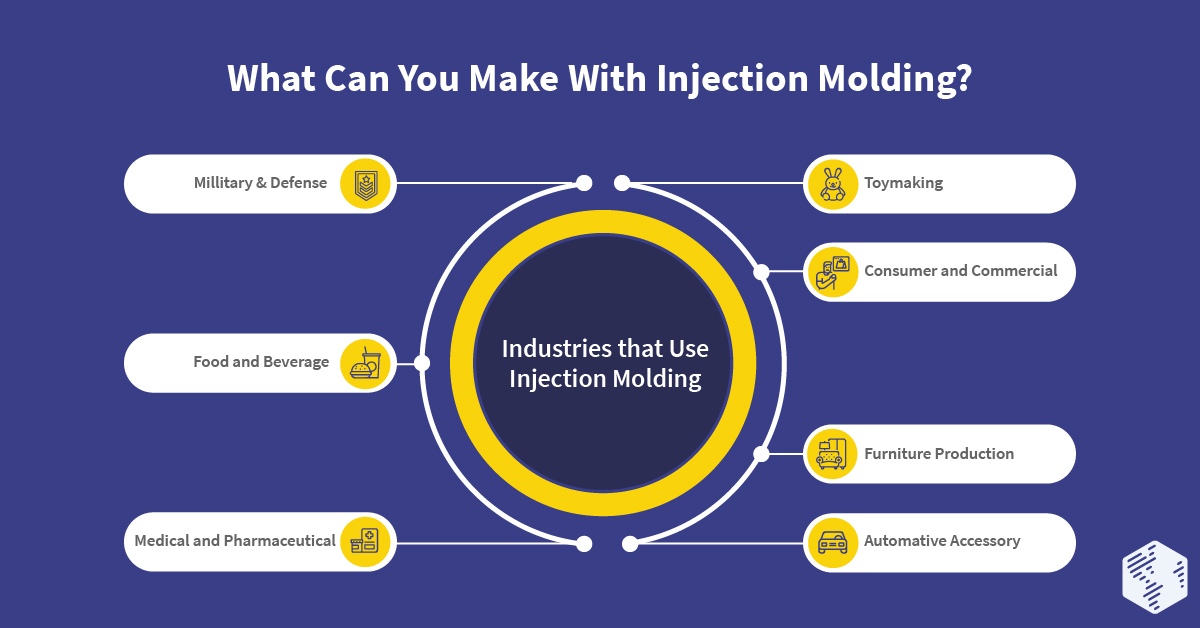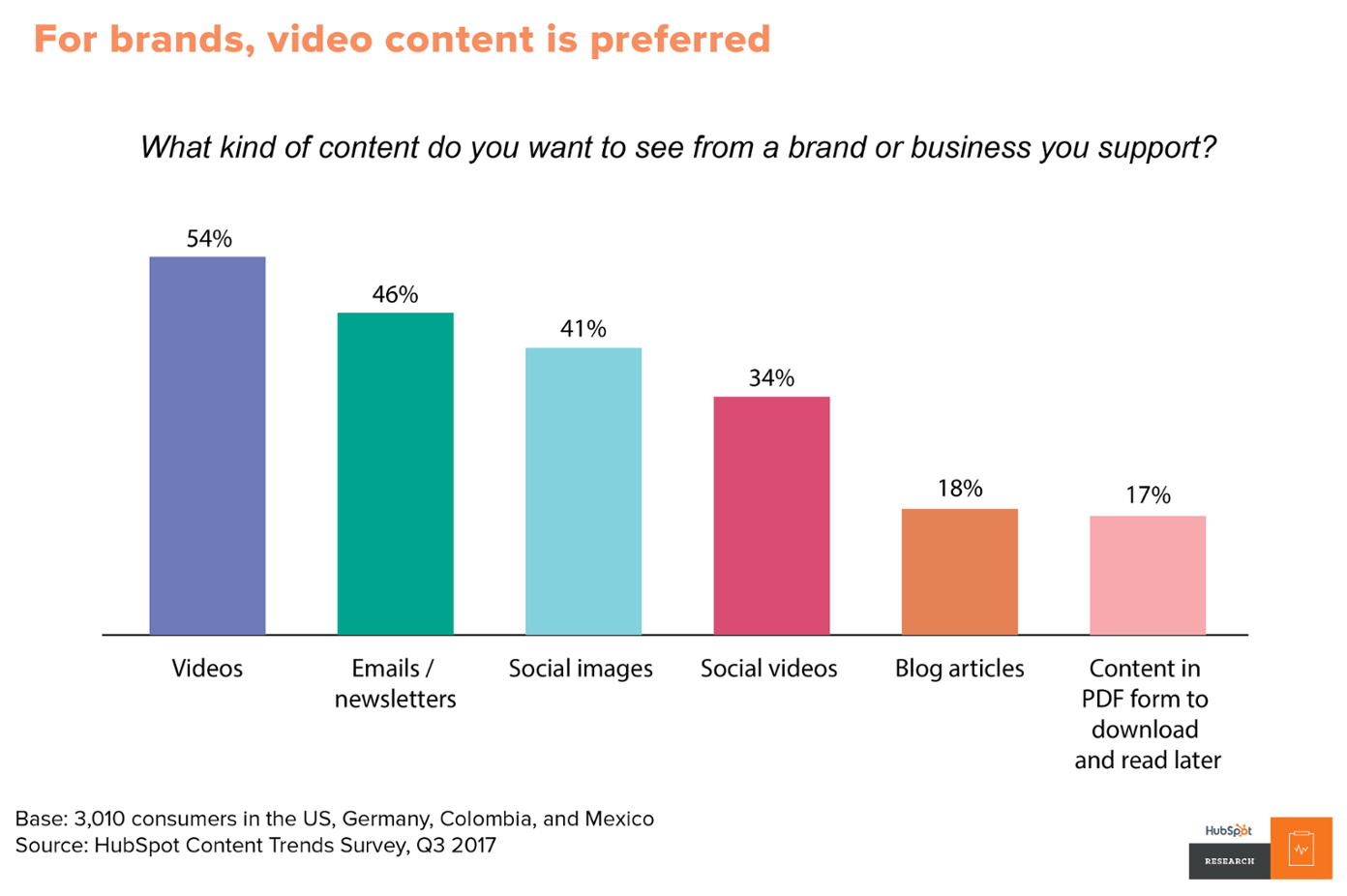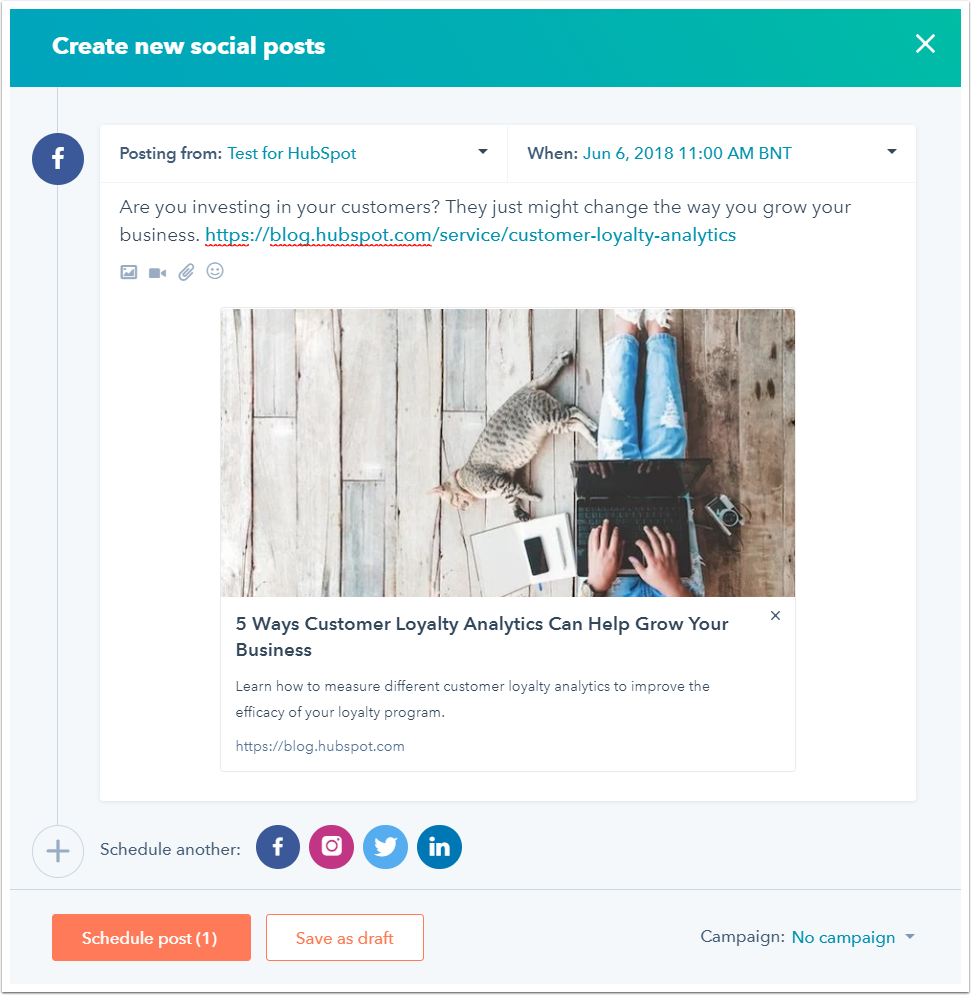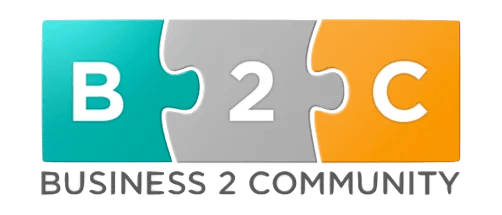Today, B2B buyers perform research online before making purchases. As a result, you have to show up with relevant information when they need it. Without exaggerating, one of the best ways to connect with potential buyers is to provide valuable content. This way, it becomes easier to convince them to buy from your business.
Now, content marketing for manufacturers is a marketing tactic that’s easy to talk about but difficult to execute. You have to create content with the right information and ensure it’s available to your ideal audience.
That said, content marketing for manufacturers is highly beneficial if you use the right strategy. In this guide, you’ll find some practical recommendations for achieving the best possible results from your content marketing campaigns.
Importance of Content Marketing for Manufacturers
Picture this: amidst the noise of a competitive market, your content stands out as a beacon of knowledge and reliability. That’s the power of content marketing for manufacturers. It goes beyond building brand awareness; it establishes you as a trusted industry expert, fostering enduring relationships with your clients.
What is content marketing in the manufacturing industry?
In the manufacturing arena, content marketing takes on a unique persona. It’s about translating the intricacies of technical jargon into content that resonates with engineers, procurement professionals, and decision-makers. From comprehensive white papers to compelling case studies, your content needs to be a beacon of clarity, addressing the specific challenges and requirements of your manufacturing audience. Here’s what makes manufacturing marketing so unique.
Technical Expertise:
Dive deep into the technical nuances of your industry. Your content should exude a profound understanding of product specifications, manufacturing processes, and industry standards.
Visual Appeal:
Words are powerful, but visuals add an extra dimension. Incorporate infographics, videos, and 3D animations to simplify complex concepts and engage your audience visually.
Thought Leadership:
In the manufacturing world, establishing thought leadership is not optional—it’s a necessity. Provide insights into industry trends, innovations, and best practices to position yourself as the go-to authority. Elevating your brand from being a participant in the industry to a trailblazing leader requires a strategic approach to thought leadership content.
What is thought leadership in marketing?
Thought leadership is more than just a buzzword; it’s a strategic positioning that places your brand at the forefront of industry conversations. It involves becoming a trusted source of insights, expertise, and innovative ideas. Thought leaders don’t just follow trends; they set them. This approach not only enhances brand credibility but also fosters a sense of trust and respect among your target audience.
Content Research for B2B Manufacturing
Now, let’s talk about the backbone of effective content marketing: research.
Audience Analysis: Create Manufacturing Buyer Personas
To create compelling content, you need to understand your audience. Otherwise, you’ll end up creating content they can’t relate to. And ultimately, you’ll waste your time and resources.
Having a buyer persona helps you understand the types of messages and offers that will resonate with your audience. Likewise, you can easily determine the tone to use. Should it be informal or formal?
What details do you need in your buyer persona? Here are some of them:
- Name
- Job
- Age
- Income
- Marital status
- Favorite marketing channels
- Location
- Ambition
- Pain points
- Hobbies
- Dislikes
There are even more details you can add to your buyer personas. The aim here is to make your buyer personas as detailed as possible.
Since a few people are involved in B2B purchases, you should create buyer personas to represent each party. Generally, there are two steps to create your buyer persona.
First, you can enter the details of who you think your ideal customer should be. This can be after research into people at your target companies.
Second, you can look at your current customers and find trends common to them. Here’s a buyer persona example from Buffer:
By creating buyer personas, you can adapt your content and content marketing strategies to your ideal customer.
Competitor Analysis:
Even if you have a great content marketing strategy, there’s still a lot to learn from your competitors. For example, some of your competitors have achieved better results from their content marketing campaigns.
What can you learn from high-performing competitors? Some aspects of their strategies to study include:
- Keywords they rank for
- Top-performing pieces of content
- Publishing frequency
- Top keywords they rank for
- Top keywords they don’t rank for
- Content promotion strategy
- Discover content gaps using a tool like SEMrush
Now, you’ll need to use tools and observe your competitors’ activities to understand their strategy. To make competitive analysis more effective, you can create a document for a few of your competitors.
CHECK THIS: Definitive Guide to Marketing Your Manufacturing Company
Keyword Research:
Think of keywords as your digital breadcrumbs. Utilize them strategically to optimize your content for search engines and enhance visibility.
Industry Trends:
Stay on the cutting edge. Regularly update your knowledge on the latest trends, technologies, and market shifts within the manufacturing sector.
How to Develop a Content Marketing Strategy
Now that we’ve laid the foundation, it’s time to delve into the strategic realm of content marketing for manufacturers. Brace yourself as we navigate the crucial steps that will elevate your content game and propel your brand to new heights.
1. Define the buying process
It’s a known fact, B2B buyers require a long sales cycle before purchasing products. At different stages of the sales cycle, they need content to move towards the purchase.
While every product has a sales cycle, there are slight variations across industries. For your manufacturing company, you need to define the buying process for your products.
For a start, you can use the general framework for the buying process. This includes the stages of the sales funnel, which are:
- Top of the sales funnel
- Middle of the sales funnel
- Bottom of the sales funnel
Across these three stages of the sales funnel, potential buyers go from becoming aware of your business to buying your products. These stages include processes such as:
- Awareness
- Interest
- Desire
- Action
- Retention
Once you define the buying process for your manufacturing product, you need to create relevant content at each stage. Unsurprisingly, marketers create more content at the top of the sales funnel.
For instance, Manufacturing Content Marketing 2020 study by the Content Marketing Institute (CMI) revealed that marketers create 50% of their content at the top of the sales funnel.
This could be because there are more people at the top of the sales funnel. Most importantly, you need to provide the necessary information at each stage to move prospects towards the sale.
READ THIS: Digital Marketing for Manufacturer
2. Have a documented content marketing strategy
With the many choices in content marketing, it’s easy to run inefficient campaigns. Fortunately, you can eliminate these issues by having a documented content marketing strategy.
Unfortunately, only 41% of manufacturing marketers have a documented content marketing strategy in their organization, according to CMI’s study.
Having a documented content marketing strategy allows you to define vital details such as:
- Content marketing goals
- Content types
- Content calendar
- Content marketing channels
- Team members and assigned tasks
- Publishing frequency
By having these details in a document, you’ll have more focused content marketing campaigns. For instance, you can easily see the next task and the team member to execute it.
Consequently, you’ll increase the chances of achieving better results from your content marketing campaigns.
RELATED: B2B Content Marketing: The Ultimate Guide to Generating Leads and Revenue With Content
3. Use various manufacturing content types
Ultimately, content is the fuel that runs content marketing. If your content is poor, no amount of marketing can deliver your intended results. In fact, promoting poor content can hurt your company’s reputation.
Apart from having the right content, there are many ways to present them. Furthermore, some content types are more suitable to particular stages of the sales funnel.
Content Ideas for Manufacturing Companies to Drive Leads
Now that we’ve laid the groundwork for content creation and distribution, let’s delve into practical content ideas specifically tailored for manufacturing companies. These strategies are designed not only to engage your audience but to drive valuable leads into your sales funnel.
Blog posts
This is one of the most popular and effective ways to reach your ideal audience. By using blog posts, you can provide relevant information and attract more visitors to your website.
According to a HubSpot study, businesses that use blogs as part of their content marketing get 67% more leads than those that don’t. To illustrate, here’s Huawei’s blog:
Apart from your blog posts, executives can also write guest posts for other industry blogs. This will help improve your reputation and attract new leads.
READ THIS: How To Optimize Content For Your Manufacturing Company
Podcasts: Expert Interviews and Industry Insights:
Position your company as an industry authority by conducting interviews with key experts within your organization or industry. Share their insights on current trends, innovations, and challenges, showcasing your company’s thought leadership.
With people living busy lives, they want to consume content while doing other things. That’s why podcasts have become popular over the years.
According to Edison Research and Triton Digital survey, 104 million Americans listen to podcasts monthly. On your podcast episodes, you can invite industry experts to provide their expertise on many industry issues.
This will help increase your audience base and acquire more leads.
RELATED: Why Your Business Needs a Podcast
Educational Webinars, Workshops, and Whitepapers:
Host webinars or virtual workshops that address common pain points within the manufacturing sector. Offer practical solutions, share best practices, and position your company as a valuable resource for industry professionals seeking knowledge.
Another type of educational content is whitepapers.
This is a technical paper about a manufacturing product or concept. It requires a lot of research and provides technical details about a product.
You’ll find whitepapers helpful at the bottom of the sales funnel when prospects want to make their buying decision. Likewise, it can be a lead magnet.
Here’s a whitepaper from Bastian Solutions about exploiting advanced automation:
Interactive Tools and Calculators:
Develop interactive tools or calculators that help your audience assess their needs or calculate cost savings. This type of content not only engages your audience but also provides them with a tangible benefit, positioning your brand as a problem-solving partner.
Case Studies and Success Stories:
Highlight your successful collaborations and projects through detailed case studies. Showcase the challenges faced, the solutions provided, and the measurable outcomes. This not only demonstrates your capabilities but also builds trust with potential clients.
Another type of content similar to this is testimonials. Here’s a case study from Bastian Solutions showing business challenges, key technologies, and results.
Behind-the-Scenes Content:
Humanize your brand by sharing behind-the-scenes content. Take your audience on a virtual tour of your manufacturing facility, introduce key team members, and provide insights into your company culture. This creates a connection and fosters transparency.
FAQs and Troubleshooting Guides:
Anticipate the needs of your audience by creating comprehensive FAQs and troubleshooting guides. Address common questions or concerns your clients might have, positioning your brand as a reliable source of information and support.
Remember, the key to successful content is to align it with your overall business goals, address the needs of your audience, and provide genuine value.
Images
When people say content, most people assume it’s written. However, there are other forms of content apart from the written format.
Images make it easy to present content in an easy-to-consume format.
A type of image you can exploit is infographics. Infographics help you to present concepts through visual elements. Here’s an infographic explaining injection molding:
Videos
Over the years, videos have become a popular content format with buyers. For example, a HubSpot study revealed that 54% of consumers expect videos from businesses.
For your manufacturing company, there are many video applications. Through videos, you can show your audience behind the scenes, your product in operation, product demo, customer interviews, and more.
Another form of videos is webinars. These are online seminars to provide value to your audience about the manufacturing industry.
4. Create a content marketing calendar
Frankly, content marketing takes time before you obtain considerable results. And to even get those results, you have to run content marketing campaigns consistently.
One way to achieve consistency is to create a content marketing calendar. On this calendar, you can add content tasks and assign them to your team members.
In addition to that, you have the option to set deadlines. This way, you can plan your content marketing campaigns over weeks and execute accordingly.
5. Promote content to your audience
While creating great content is critical to the success of your content marketing campaigns, content promotion is just as vital. If you wait for visitors to come to your website themselves, you’ll obtain poor results.
After creating your content, you need to share it on platforms where you can reach your ideal audience. For most manufacturers, common strategies to promote your content include:
- Social media
- Email sequences
- Search engine optimization
- Pay-per-click (PPC) marketing
If you’re using HubSpot as your content management system, you have the option to promote your content through email sequences. Likewise, you can share on your social media accounts.
Source: HubSpot
By promoting your content, you can attract more visitors to your website and increase your chances of converting them.
6. Track your content marketing performance
After your campaigns, you need to know if you’ve achieved your intended results. That’s why tracking vital metrics is essential to your campaigns.
Of course, the metrics you track will depend on your content marketing goals. For example, are you looking to build brand awareness or acquire leads?
Once you track these metrics, you can determine whether your content marketing campaigns have been successful or not. Moreso, you can obtain insights from your current campaigns. Consequently, you’ll have information to improve your future campaigns.
If you’re looking for a robust tool, then Google Analytics can measure most of the metrics on your website.
You can also track conversions and how visitors navigate your website.
RELATED: 10 Best B2B Marketing Analytics Tools You Need to Know
SEO for Manufacturers
Optimizing your content for search engines is a fundamental aspect of content marketing:
Keyword Optimization:
Incorporate relevant keywords naturally into your content to enhance its searchability. Understand the keywords your audience uses and integrate them seamlessly into your content. This involves:
- Conducting keyword research to identify high-value target keywords. Look for phrases with healthy search volume that align with your offerings.
- Using keywords naturally throughout your content. Include them in headings, opening paragraphs, image names, meta descriptions, alt text etc. Avoid over-optimization.
- Updating on-page content over time to target new opportunities and shifting search trends.
- Ensuring website architecture and URLs reflect keyword themes – e.g. /services/packaging-machinery-maintenance/
- Building internal links between related content using anchor text with primary and secondary keywords.
- Monitoring keyword rankings regularly and doubling down on terms driving conversions.
Quality Backlinks:
Earning backlinks from trusted industry websites amplifies your authority and improves search visibility. Useful strategies include:
- Producing truly useful, engaging content that sites are eager to reference. Offer unique insights, data, tips etc.
- Reaching out respectfully to relevant sites to share your content and suggest potential partnerships.
- Promoting your best content through social media to spark interest.
- Building relationships with influencers, analysts and publishers in your space. Offer value before requesting links.
- Contributing guest posts to reputable trade publications that allow links back to your site. Pitch relevant ideas tailored to each outlet.
- Monitoring competitors’ backlinks and identifying trusted sites you can earn placements on.
- Participating actively in relevant online communities and forums by sharing expertise.
The focus should be on building quality backlinks slowly over time from reputable sources, rather than bulk low-quality links. Patience and persistence pay off.
Mobile Optimization:
Ensure your content is easily accessible and navigable on mobile devices. With an increasing number of users accessing content on mobile, mobile optimization is crucial for a positive user experience.
As we conclude this segment on content creation and distribution, remember that the journey doesn’t end with creation—it extends to effective distribution and optimization
Implementing the Growth Formula Framework in Manufacturing Marketing:
In the dynamic realm of manufacturing, achieving digital growth demands a strategic and holistic approach. Our Growth Formula Framework provides a roadmap for success, balancing key elements to drive sustained growth.
1. Capture Existing Demand:
- Optimize your website for organic search with a robust SEO strategy.
- Run targeted Google Search Ads to capture the immediate demand.
- Engage in industry-specific forums and social media groups beyond Google.
2. Create Problem and Solution Awareness and Demand:
- Develop a content calendar addressing industry challenges through blogs, whitepapers, and webinars.
- Create lead magnets such as ebooks and guides to attract and capture leads.
3. Create Brand Awareness:
- Regularly produce thought leadership content through articles, videos, and podcasts.
- Engage on social media platforms to amplify your brand message.
4. Manage and Nurture Leads:
- Implement a CRM system for lead segmentation based on demographics and behavior.
- Set up automated email drip campaigns and retargeting ads.
5. Manage and Nurture Customers:
- Analyze customer behavior for cross-selling and upselling opportunities.
- Develop customer advocacy programs for reviews, testimonials, and referrals.
- Maintain continuous communication through regular updates and exclusive offers.
Conclusion
If you want to provide relevant information to convert and connect with your audience, content marketing is your best bet. First, however, you need to execute content marketing the right way to derive these benefits.
In this guide of content marketing for manufacturer, we’ve presented valuable tips you can implement in your campaigns today. And if you find it overwhelming to create content for your manufacturing company, you can reach out to us.





